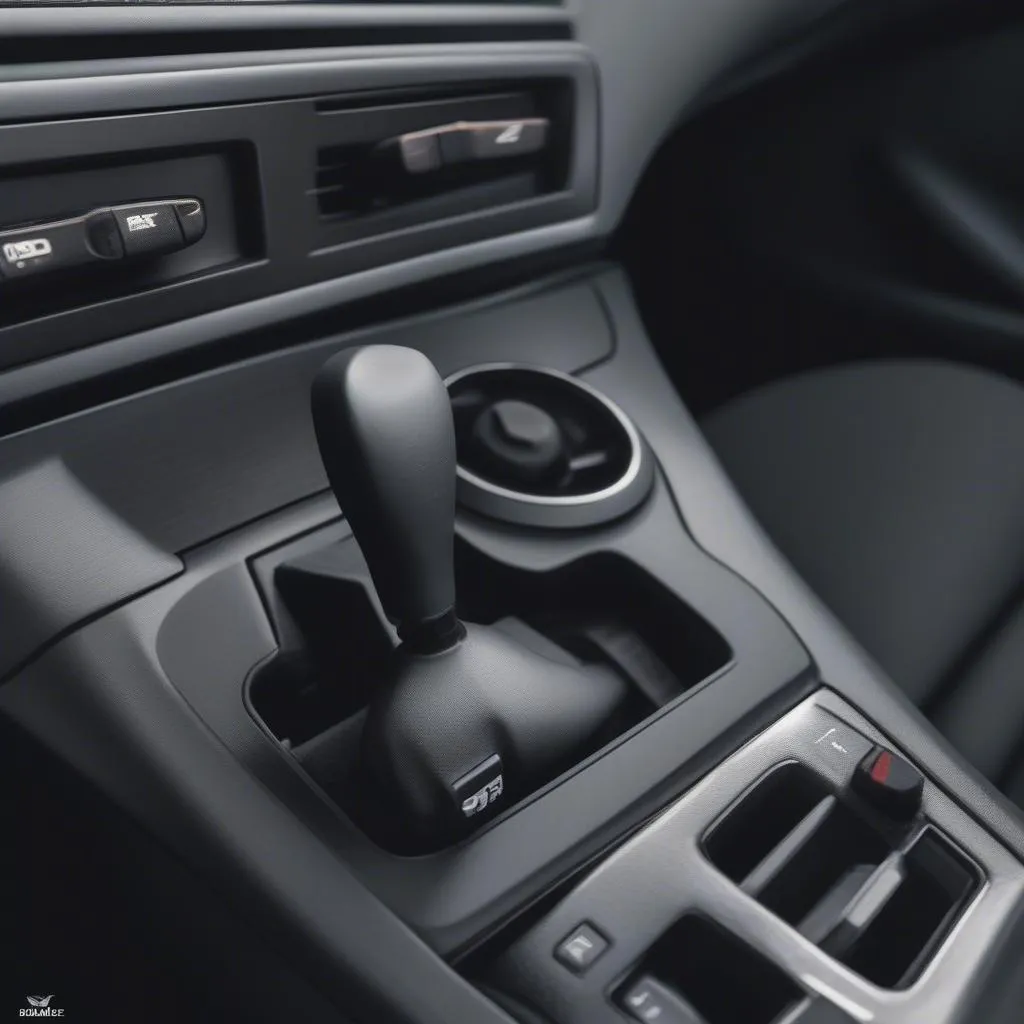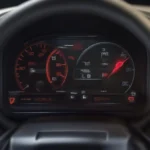Investing in the right OBD2 scanner for your BMW E39 can save you time, money, and frustration in the long run. Whether you’re a seasoned DIY mechanic or a car enthusiast looking to delve deeper into your vehicle’s inner workings, an OBD2 scanner tailored for your E39 is an invaluable tool. This guide will delve into the world of OBD2 scanners specifically designed for the BMW E39, providing you with the knowledge to make an informed decision.
Understanding Your BMW E39 and OBD2 Technology
Before we dive into the specifics of OBD2 scanners, let’s understand why they’re essential for your E39. The BMW E39, produced from 1995 to 2003, marked a significant leap in onboard diagnostics. While earlier models used various proprietary connectors, the E39 standardized the OBD2 port, making it easier for owners to access vital vehicle information.
The OBD2 port, typically located under the dashboard on the driver’s side, acts as your car’s communication hub. It provides a wealth of data from various sensors and control modules, giving you insights into your E39’s engine performance, emissions, transmission, and more.
Why You Need an OBD2 Scanner for Your BMW E39
An OBD2 scanner for your E39 is more than just a fault code reader. It’s a powerful diagnostic tool that empowers you to:
- Diagnose and Clear Fault Codes: Identify and understand those pesky check engine lights, often related to engine performance, emissions, or sensor issues.
- Monitor Live Data: Get real-time information on engine RPM, coolant temperature, oxygen sensor readings, and more, allowing you to monitor your E39’s vital signs.
- Perform Specific Tests: Depending on the scanner model, you can conduct component tests, reset service lights, and even access manufacturer-specific data for deeper diagnostics.
Types of OBD2 Scanners for Your BMW E39
Choosing the right OBD2 scanner depends on your needs and budget. Here’s a breakdown of the common types:
1. Basic Code Readers
- Ideal for: Simple code reading and clearing.
- Features: Reads and displays generic (P0XXX) fault codes, often with a brief description.
- Pros: Affordable and user-friendly.
- Cons: Limited functionality; may not read manufacturer-specific codes.
2. Bluetooth or Wi-Fi Adapters
- Ideal for: Smartphone-based diagnostics and live data monitoring.
- Features: Connects to your smartphone or tablet via Bluetooth or Wi-Fi, using dedicated apps for data display and analysis.
- Pros: Portable, cost-effective, and offers a wide range of app-based features.
- Cons: App functionality varies; may require an ongoing subscription.
3. Advanced Standalone Scanners
- Ideal for: Professional mechanics and serious DIY enthusiasts.
- Features: Comprehensive code reading and clearing (including manufacturer-specific codes), live data streaming, graphing, logging, and advanced diagnostic capabilities.
- Pros: Powerful functionality, detailed analysis, and often includes manufacturer-specific functions.
- Cons: Can be expensive.
Choosing the Right OBD2 Scanner: Factors to Consider
- Your Budget: Basic code readers are budget-friendly, while advanced scanners with extensive features come at a higher price.
- Your Technical Skills: If you’re comfortable with technology and want more in-depth data, a Bluetooth adapter or standalone scanner might be suitable. For basic needs, a code reader suffices.
- Specific Diagnostic Needs: Consider the features essential for your E39 maintenance. Do you need to access manufacturer-specific codes, perform component tests, or monitor live data in real-time?
Common BMW E39 Issues an OBD2 Scanner Can Help Diagnose
- Check Engine Light: From minor issues like a loose gas cap to more serious engine problems, an OBD2 scanner can pinpoint the cause.
- Airbag System Faults: Diagnose issues with airbag sensors or the system’s control module.
- ABS Problems: Identify problems with the Anti-lock Braking System, such as faulty wheel speed sensors.
- Transmission Issues: Detect potential problems with your E39’s automatic transmission.
[Expert Insight]
“Investing in a quality OBD2 scanner for your BMW E39 is like having a direct line to your car’s brain. It empowers you with the knowledge to address issues proactively and avoid unnecessary trips to the mechanic.” – Mark Stevenson, Certified Automotive Technician
OBD2 Scanner for BMW E39: A Wise Investment
An OBD2 scanner, regardless of its complexity, is an essential tool for any BMW E39 owner. It empowers you with the knowledge to understand your car better, diagnose problems accurately, and potentially save on costly repairs. By choosing the right scanner for your needs, you’re investing in the longevity and performance of your beloved E39.
Frequently Asked Questions about OBD2 Scanners for BMW E39
1. Can I use any OBD2 scanner on my BMW E39?
While all E39s have a standard OBD2 port, using a scanner specifically designed for BMW vehicles is recommended to access manufacturer-specific codes and functions.
2. What are manufacturer-specific codes?
These are fault codes unique to BMW vehicles, providing more detailed information about issues specific to your E39’s make and model.
3. Can an OBD2 scanner fix problems in my car?
An OBD2 scanner primarily diagnoses problems. It doesn’t fix them directly. However, by identifying the issue, it guides you toward the necessary repairs.
4. Do I need a professional mechanic to use an OBD2 scanner?
Many OBD2 scanners, especially the basic code readers and Bluetooth adapters, are designed for user-friendliness. However, for advanced diagnostics and interpreting complex codes, consulting a qualified mechanic is always recommended.
5. Where can I find a reliable OBD2 scanner for my BMW E39?
Numerous reputable online retailers and auto parts stores offer a wide selection of OBD2 scanners. Be sure to choose a scanner from a trusted brand and read reviews before making a purchase.
Need Help with Your BMW E39 Diagnostics?
Contact us via WhatsApp: +1(641)206-8880 or Email: [email protected]. Our dedicated team of automotive experts is available 24/7 to assist you with any questions or concerns.


